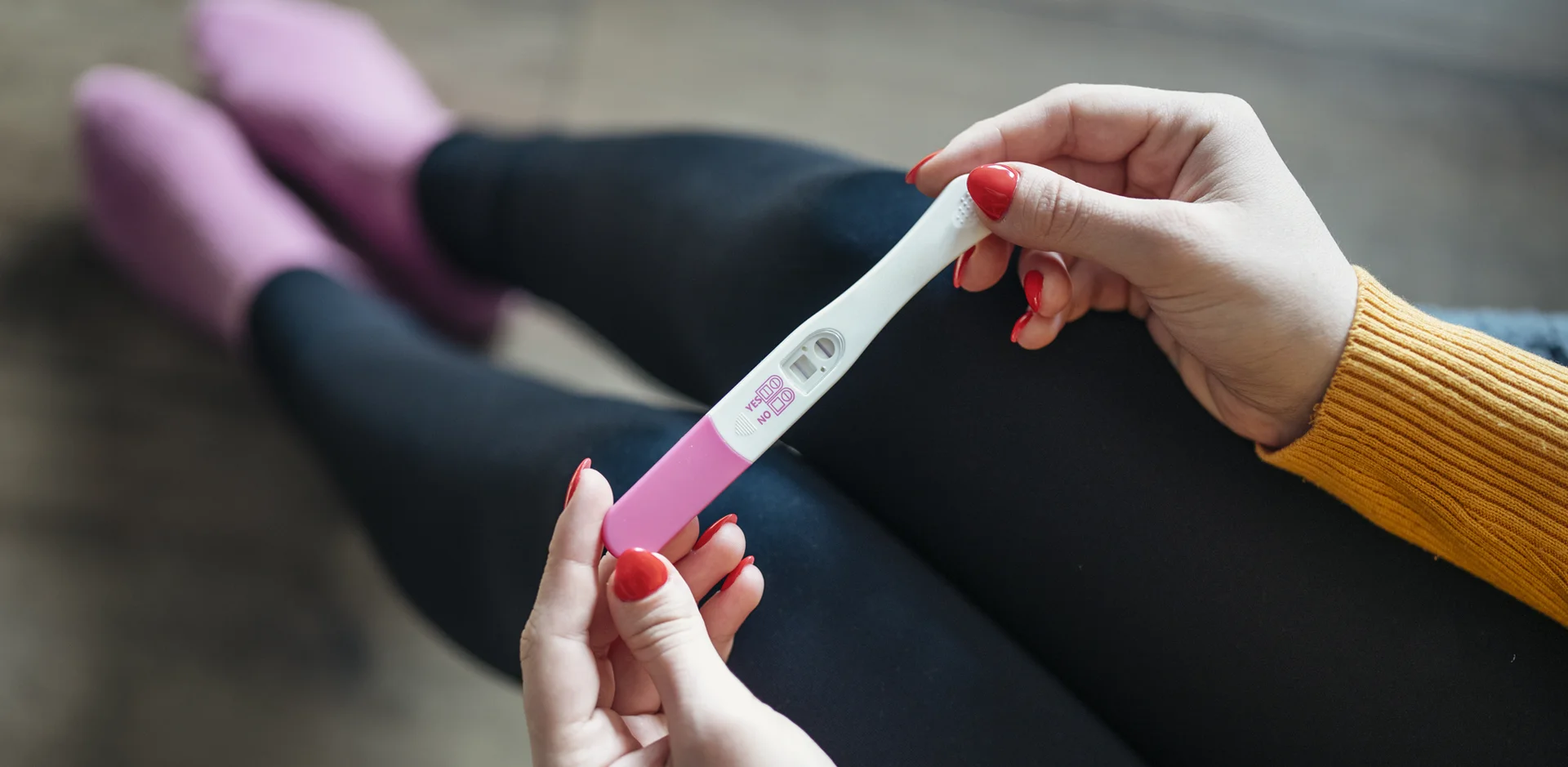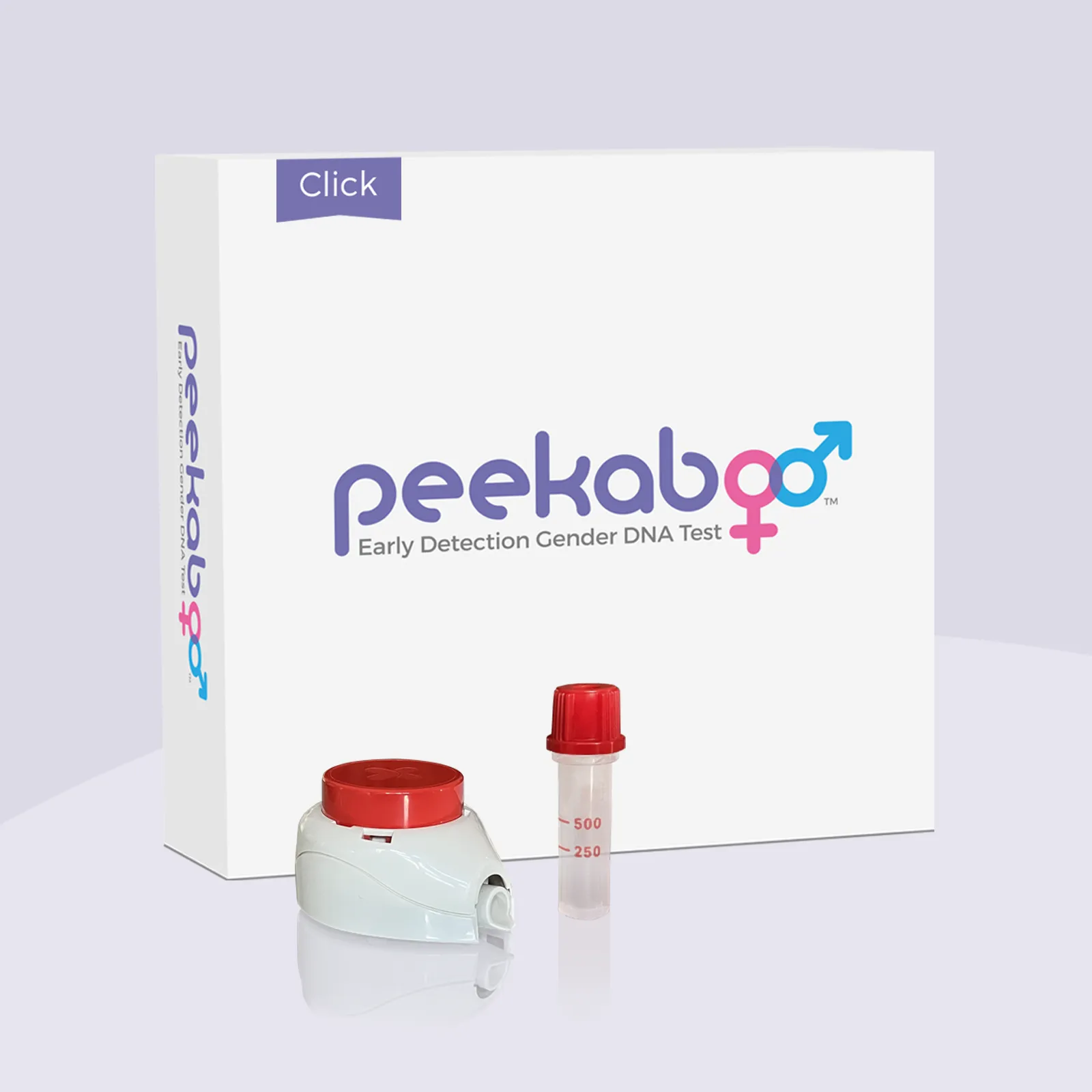Couples who are eager to start or expand their family know how difficult the wait before taking a pregnancy test can be. When is the earliest that a pregnancy test can actually detect a very early pregnancy? Here, you will explore the changes that occur in your body during those first days and weeks, the science behind detecting pregnancy hormones, the best time to take a pregnancy test, and more.
The Timeline: From Conception to Positive Results
After intercourse, if conception occurs, a sperm cell will fertilize an egg – leading to the formation of a zygote. Fertilization typically falls within 12 to 24 hours after ovulation. Once fertilized, the zygote begins its journey down the fallopian tube, multiplying and growing into a blastocyst. Approximately 6-10 days post-conception, the blastocyst implants itself into the lining of the uterus.
This attachment to the uterus is possible due to a layer of cells surrounding the blastocyst. The outer layer, called a trophoblast, burrows into the uterine lining and produces chorionic gonadotrophic hormone (HCG).
Detecting HCG Levels
A woman’s body produces HCG almost immediately after the blastocyst attaches to the uterine lining. HCG levels rise rapidly in the first few weeks of pregnancy, doubling approximately every 2-3 days. These levels peak around 8-11 weeks into the pregnancy and then start to decline. Pregnancy tests (both blood and urine) are designed to detect the presence of HCG. A higher HCG level is usually an indication of a positive pregnancy test.
In addition to confirming a pregnancy, HCG can also aid in the development of the fetal organs and plays a crucial role in ensuring that the mother’s immune system doesn’t reject the growing embryo. HCG can even contribute to the common symptoms of early pregnancy, such as nausea and vomiting, known as “morning sickness.”
The Best Time to Take a Pregnancy Test
Fertilization can occur following sexual intercourse, leading to implantation. Once implanted, the body starts producing HCG. It takes some time for the HCG hormone to reach a detectable level in the bloodstream or urine. Both this timeframe and the sensitivity of the test play a significant role in obtaining accurate results.
In order to achieve accurate results, you should wait to test approximately ten days after ovulation – which can be tracked with an ovulation tracker. Not all pregnancy tests are created equal, and some are much more sensitive than others. If your result is negative, you shouldn’t give up hope until you get your period.
What Happens If You Take a Pregnancy Test After Sex Too Early?
If a woman takes a pregnancy test too soon after intercourse, the results will likely be negative due to low or no traces of HCG – even if conception has occurred. The accuracy of a pregnancy test is contingent upon the timing and the sensitivity of the test.
In some cases, early result tests can sometimes detect pregnancy up to 5 days before a missed period; however, they might not always be accurate. It’s essential to read the instructions on your pregnancy test package to understand its sensitivity and the recommended time frame for testing. Following the above recommendations will allow you to get the most accurate results.
What to Look Forward to After A Positive Test Result
Even after you get a positive result on your pregnancy test, many more exciting milestones are yet to come throughout the first trimester. As time passes:
- The placenta will form as the embryo grows, providing the baby with nutrients and oxygen through the umbilical cord.
- The embryo will develop organs and tissues, including the heart, brain, lungs, and kidneys.
- The baby’s heartbeat will start to form around six weeks of pregnancy; in this same timeframe, you can learn your baby’s gender with an Early Gender DNA test.
Determining Your Baby’s Gender with Peekaboo
When you use Peekaboo™, you can determine your baby’s gender as early as six weeks gestation! The Peekaboo™ At-Home Early Gender Test is easy, affordable, and accurate. That’s why it’s the only early baby gender reveal test endorsed by the American Pregnancy Association.
Ready to discover your baby’s gender?
Get the Peekaboo At-Home Early Gender DNA Test, proven to be over 99% accurate, and discover your baby’s gender as early as 6 weeks from the comfort of home!


